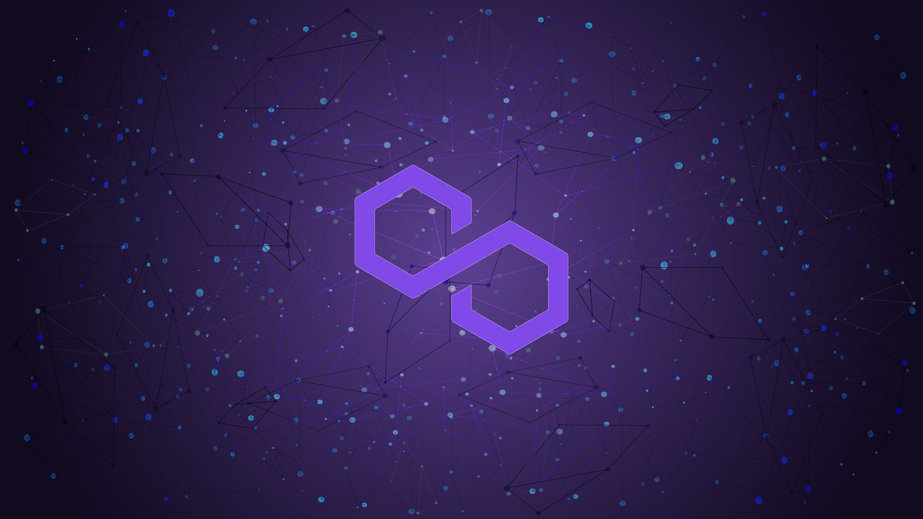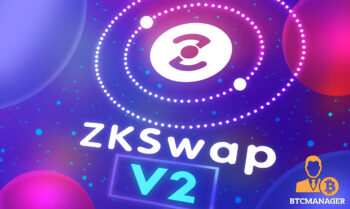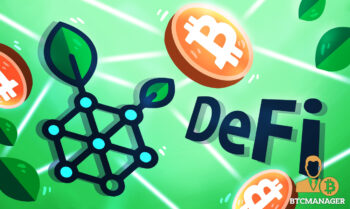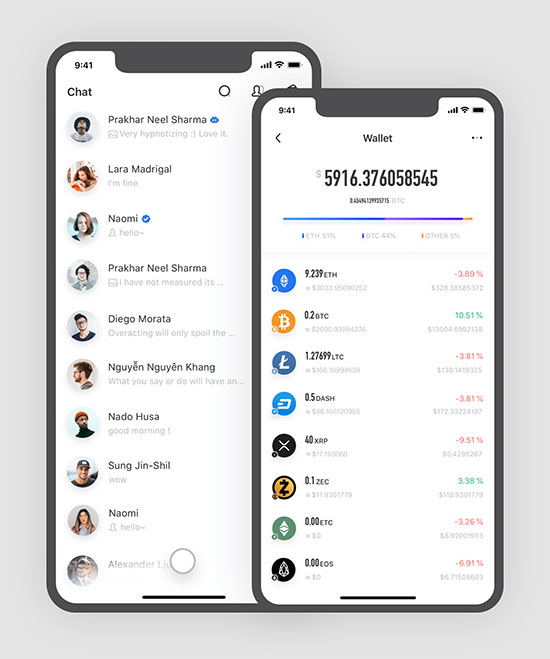
2021-12-31 00:17 |
Layer-2 blockchains are third-party protocols operating on layer-1 blockchains to help solve any of the blockchain trilemma- decentralisation, security, and scalability. They serve as add-ons for the parent blockchain. They can be sidechains, plasma chains, state channels, or rollups. Popular examples are Bitcoin Lightning Network and Ethereum Plasma. The following list consists of top layer-2 coins that you can invest in.
Polygon (MATIC)If you are confused about Polygon (MATIC), you possibly remember it as the Matic Network. Polygon was developed in 2017 in India by Jaynti Kanani, Anurag Arjun, Mihailo Bjelic, and Sandeep Nailwal. The Matic Network was rebranded as Polygon in February 2021, about a year after its launch. Polygon was developed to help solve the scalability problem the Ethereum blockchain faces and bring about mass adoption. In essence, the network plans to improve the speed and cut the cost and technicalities of the Ethereum blockchain by providing multiple tools. It also aims to bridge various blockchains on the Ethereum blockchain. Due to being at the forefront of most development in the crypto space- smart contracts, dApps, NFTs, and so on, the Ethereum blockchain has become relatively expensive and clogged. As such, the Polygon network is proffering a scaling solution to this problem by serving as a layer-2 network (an add-on layer) to Ethereum. This would help the blockchain increase and become more secure, efficient, and useful. Polygon is a multi-level network with numerous sidechains. These sidechains are built using the Polygon software development kit (SDK) written in Golang. The SDK is highly flexible, extensible, modular, and compatible with Ethereum. Plasma chains, zero-knowledge (zk-) rollups, and optimistic rollups are the methods that can be used to scale the sidechains when developing them. Sidechains are special blockchains that support numerous DeFi protocols while attached to the main blockchain. This feature makes Polygon likened to Cosmos, Polkadot, and Avalanche. Each sidechain is predicted to run about 70,000 transactions per block.
Like other blockchains, the Polygon platform can be used to make payments, create lending platforms, and develop games, among others. Asides from that, it provides other solutions like Hermez, Avail, Nightfall, Miden, and Zero. Nightfall, Miden, and Zero are still in development. Polygon operates on a proof-of-stake model, which allows users to use their tokens to verify transactions and participate in governance. MATIC is the native cryptocurrency of the Polygon network. It is used in settling and paying for transactions between users in the network. The token helps drive development on the network by serving as rewards to users who provide computational resources and services. As an investor, owning and staking MATIC tokens allows you to vote on network upgrades and fixes. However, your vote is proportional to the amount of MATIC in your wallet. Due to the limited supply of MATIC tokens (10 billion), its value might be positively influenced. With its attributes of providing a solution to the scalability problem of Ethereum and allowing developers to build more user-friendly dApps, its adoption might increase; and with increased adoption and use-cases comes an increase in value. Sushiswap (a DEX exchange), Quick swap, Chain games, Curve, and Ocean Protocol, are all built on the Polygon platform. Although its market cap is reasonably high ($17.6b), it will make a great investment as it is currently trading at $2.57. It is ranked 14th on Coingecko. To buy Polygon (MATIC), head to Binance, Coinbase Exchange, MEXC Global, or Digifinex.
Loopring (LRC)Loopring (LRC) is an Ethereum layer-2 scaling platform that consists of an open-source zk-rollup protocol. It is the first platform to use a zk-rollup protocol on the Ethereum blockchain. Daniel Wang developed it in 2017. Loopring consists of smart contracts and 1zero knowledge circuits. These are useful in developing automated market makers, payment apps, and decentralized exchanges that have high-throughput. Also, it can be used to develop protocols, infrastructures, and user-friendly DeFi. Besides that, the platform has a secure native exchange where trading can be done very fast without central authority and gas fees. It can bundle transactions together for efficiency because of the zk-rollup proofs.
Additionally, this allows it to run certain computations off the Ethereum blockchain. It performs operations like trading, providing liquidity, swapping, and making payments relying on the security of the Ethereum blockchain. Loopring features an on-chain data availability (OCDA) protocol that makes its transactions faster. Also, it has a system of order rings, order miners, and order sharing that provides instant liquidity. It boasts of about 1000x the throughput of the ETH blockchain with a reduced transaction cost that is about 1/100th that of Ethereum. When compared to the ETH blockchain, it verifies transactions faster with less cost due to requiring fewer data. It only uses a smart contract when validating the final cryptographic proof. It requires less computation because it doesn't pull data from the main network. The loopring protocol can help drive increased adoption of the Ethereum blockchain as it will increase efficiency. LRC is the native token of the platform. It is used in powering the platform's operations. To create an exchange on loopring, you need to lock over 250,000 LRC, allowing you to use the on-chain data proofs. Moreover, to run an exchange that won't have this feature, you need about 1 million LRC. Your deposit would be confiscated and redistributed to users who lock theirs if you manage your exchange poorly. LRC serves as a reward token for zk-rollup operators and liquidity providers. Also, it can be staked to earn from the trading fees paid to the network. Seventy percent of the trading fees are allocated to users who stake their tokens, 20% is kept for the platform's decentralised autonomous organisation, which monitors how the pool's funds are spent. The remaining 10% is burnt. This burning event reduces the amount in supply and consequently helps drive the price upward. It has a total supply of 1.4 billion, with 1.2 billion currently in circulation. It is ranked 64th with a market cap of $2.5b. It is currently trading at $2.04 and reached an all-time high of $3.75 in November 2021. It is listed on Binance, Coinsbit, Kraken, and the likes.
These coins provide a specific solution to the layer-1 blockchain they are serving, and as long as they keep doing this, they will keep having value.
The post Top Layer-2 Coins to Buy appeared first on Coin Journal.
origin »Burency (BUY) на Currencies.ru
|
|





